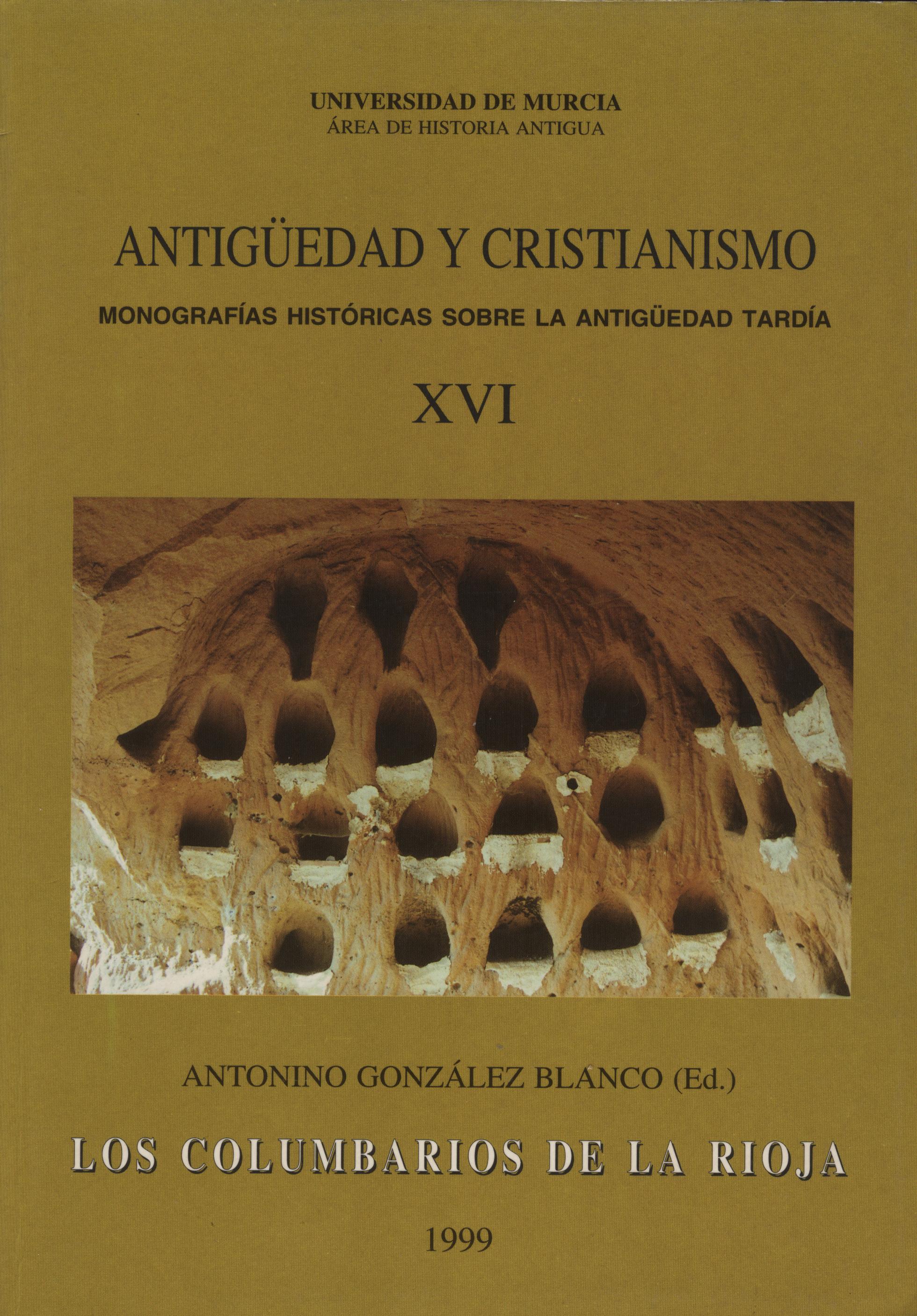LA CUEVA GRANDE DE MONTE CANTABRIA (LOGROÑO) Y EL PROBLEMA DE LOS «PALOMARES»
Abstract
THE GREAT CAVE OF MONTE CANTABRIA. In this article the large cave, visible from al1 parts of the city of Logrño, which opens its windows in the of Monte Cantabria, is studied only from the point of view of its «interior decoratiom. Its walls and columns are completely covered with 1.580 paloma nest shaped niches built of bricks. A study is made of the functional character of this type of «pigeon loftsn or «columbarios», of which this cave is only one example of the many to be found al1 over the Mediterranean area. A defense is made of the hypothesis that these are derived directly from the Roman «columbarios», and that in the Late Antiquity and in monastery contexts these niches received the mortal remains of the monks, and specially the skulls which reminded the ascetic monks their preparation for death. This hypothesis is based on the archaeological parallels of this type that exist in Tur Adin, in the NW of Syria, and the anthropological parallels that point in the same direction.Downloads
-
Abstract708
-
PDF (Español (España))737
1. The authors non-exclusively assign the exploitation rights (reproduction, distribution, communication and transformation) to the magazine.
2. The works published in this magazine are subject to the Attribution-ShareAlike 4.0 International license (CC By SA 4.0). Therefore, they can be copied, used, disseminated, transmitted and publicly displayed, provided that:
i) the authorship and the original source of its publication (journal, editorial and URL of the work) are cited, thus allowing its recognition.
ii) it is allowed to remix, transform or create from the material while maintaining the same license as the original.
Note: Articles prior to 2022 incorrectly display the CC by SA license in the abstract page. They are under a CC by NC ND license as embedded in the article pdfs. Articles published in 2022 and after are under the CC by SA license.

3. Self-archiving conditions. Authors are allowed and encouraged to electronically disseminate the pre-print (version before being evaluated) and/or post-print (version evaluated and accepted for publication) versions of their works before publication, as it favors their publication. Earlier circulation and diffusion and with it a possible increase in its citation and reach among the academic community. Color RoMEO: verde.
























